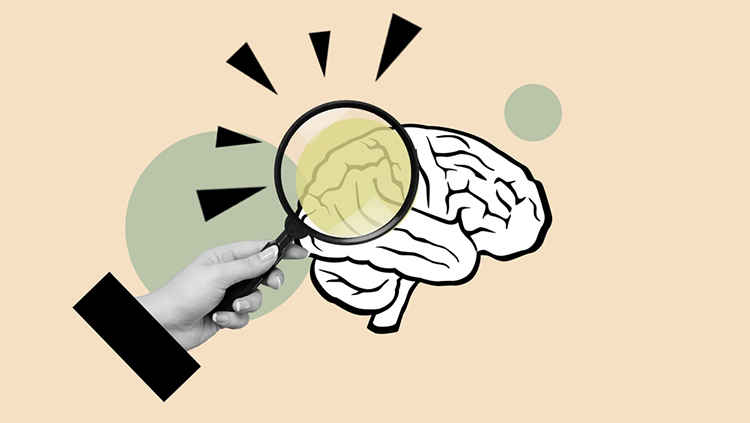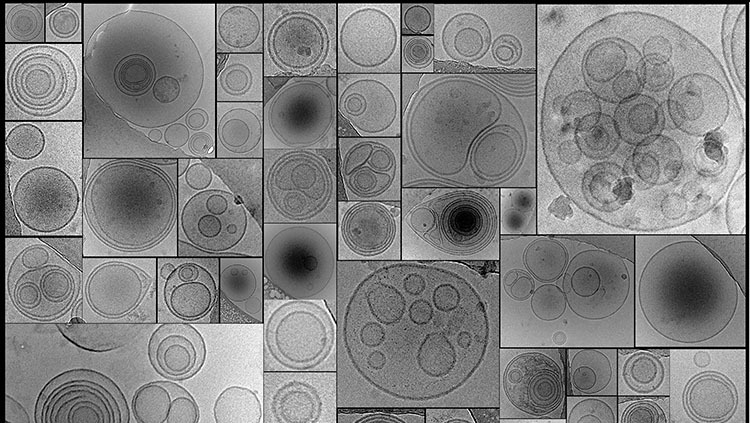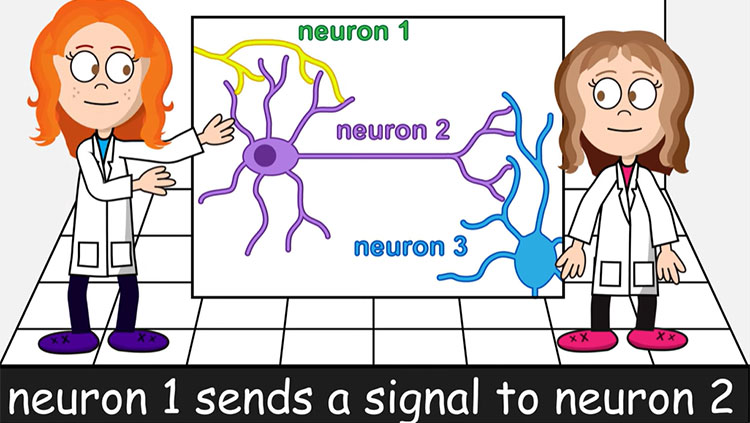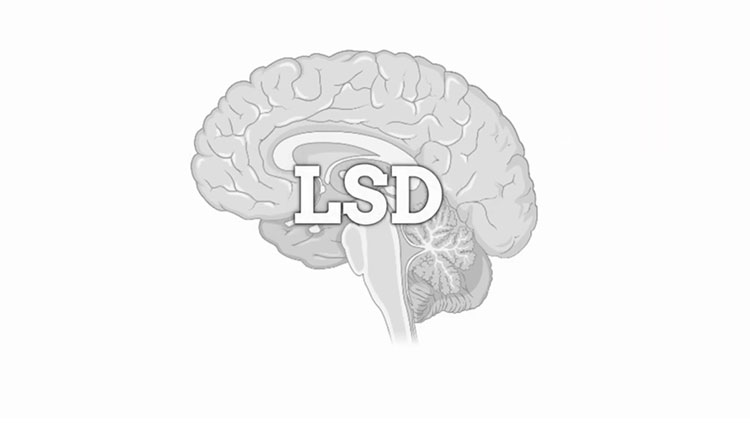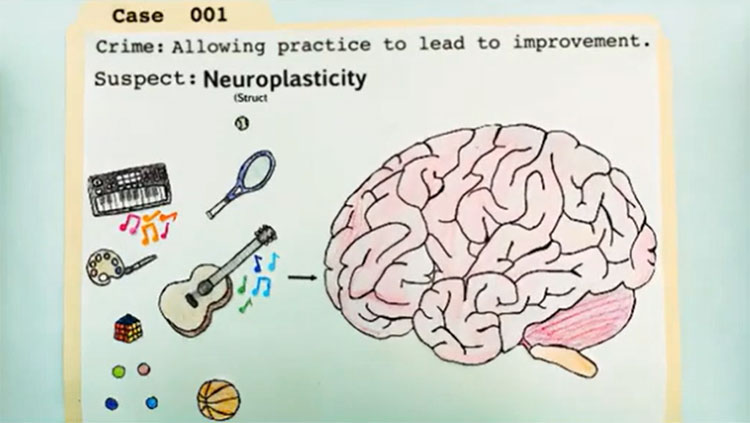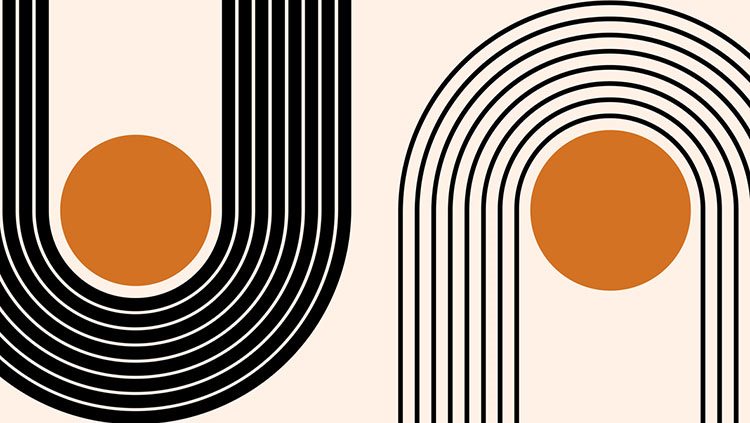Harnessing the Potential of Stem Cells
- Published26 Mar 2019
- Author Michael W. Richardson
- Source BrainFacts/SfN
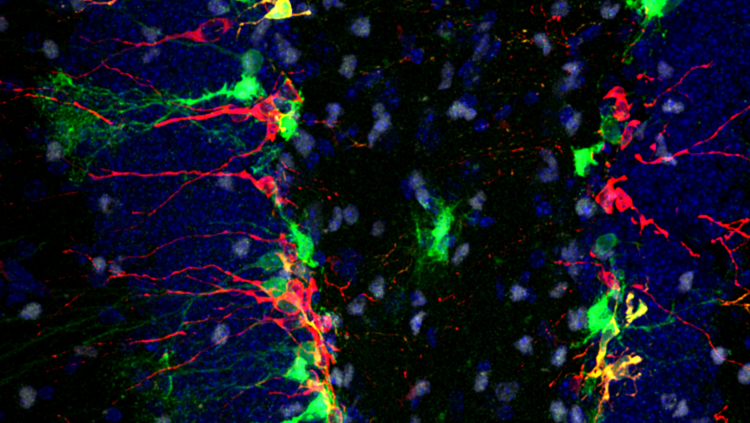
The hippocampus is one of the few areas of the brain where neurogenesis occurs, birthing new cells throughout life. In this image of a mouse hippocampus — the memory center of the brain — a set of adult neural stem cells (ANSC) have the potential to take on the form of different cell types. These fully-formed ANSCs and other neurons are highlighted in green and yellow, alongside other newly grown neurons in red.
The unique properties of stem cells — their ability to transform into all types of neurons and replace weak or damaged cells — offer insight into potential therapies for brain diseases and injuries that kill brain cells. If there’s a reliable way to introduce these cells to other areas of the brain where neurogenesis does not occur naturally, it could be possible to help reverse or repair damage in some patients.
CONTENT PROVIDED BY
BrainFacts/SfN
References
Also In Cells & Circuits
Trending
Popular articles on BrainFacts.org



